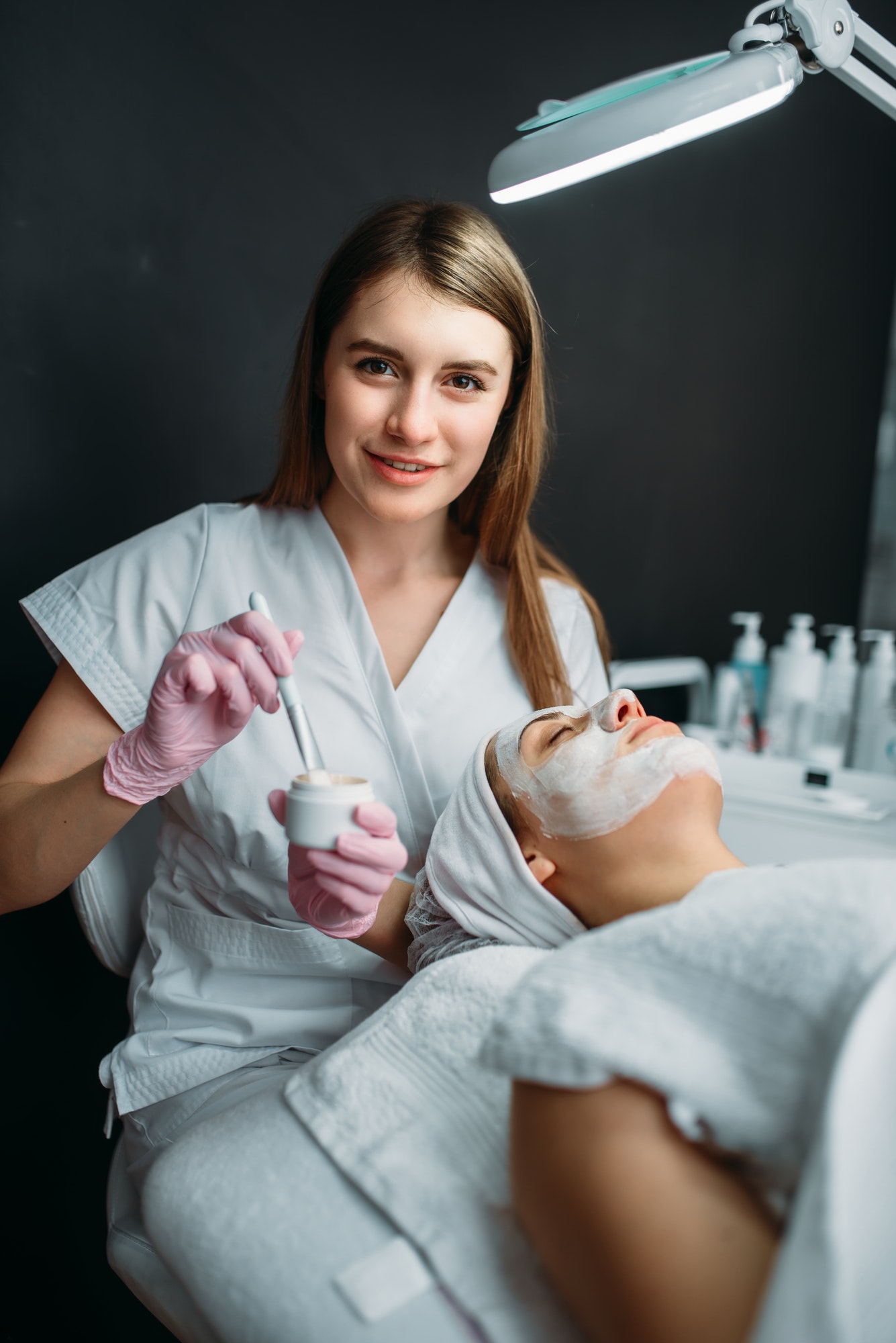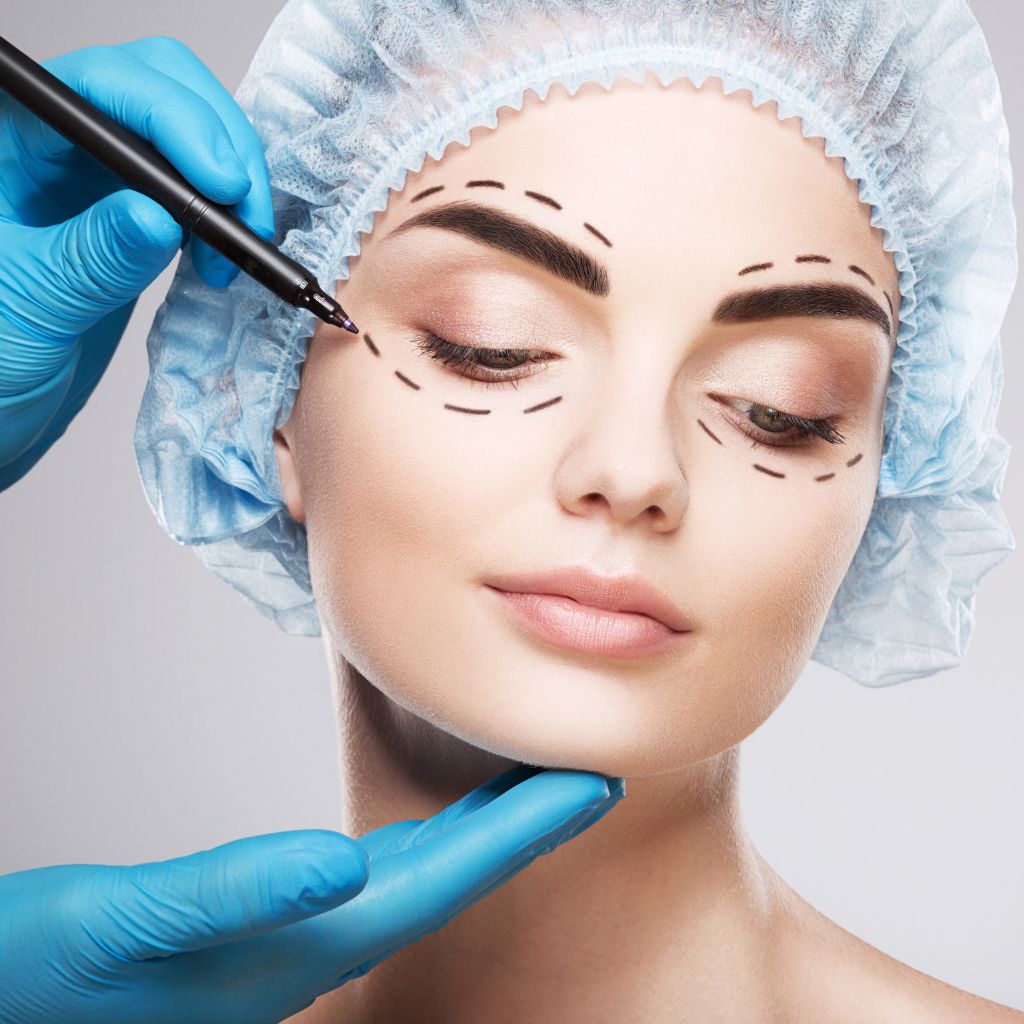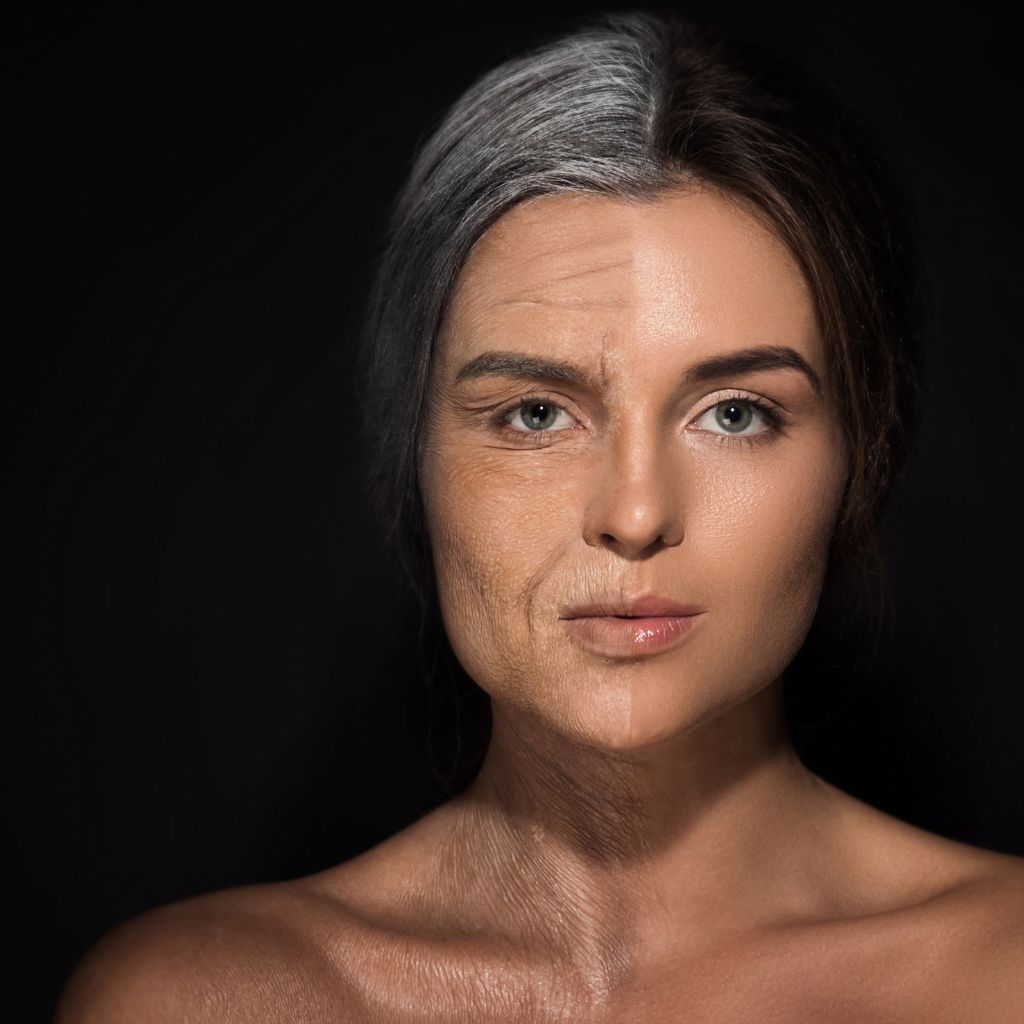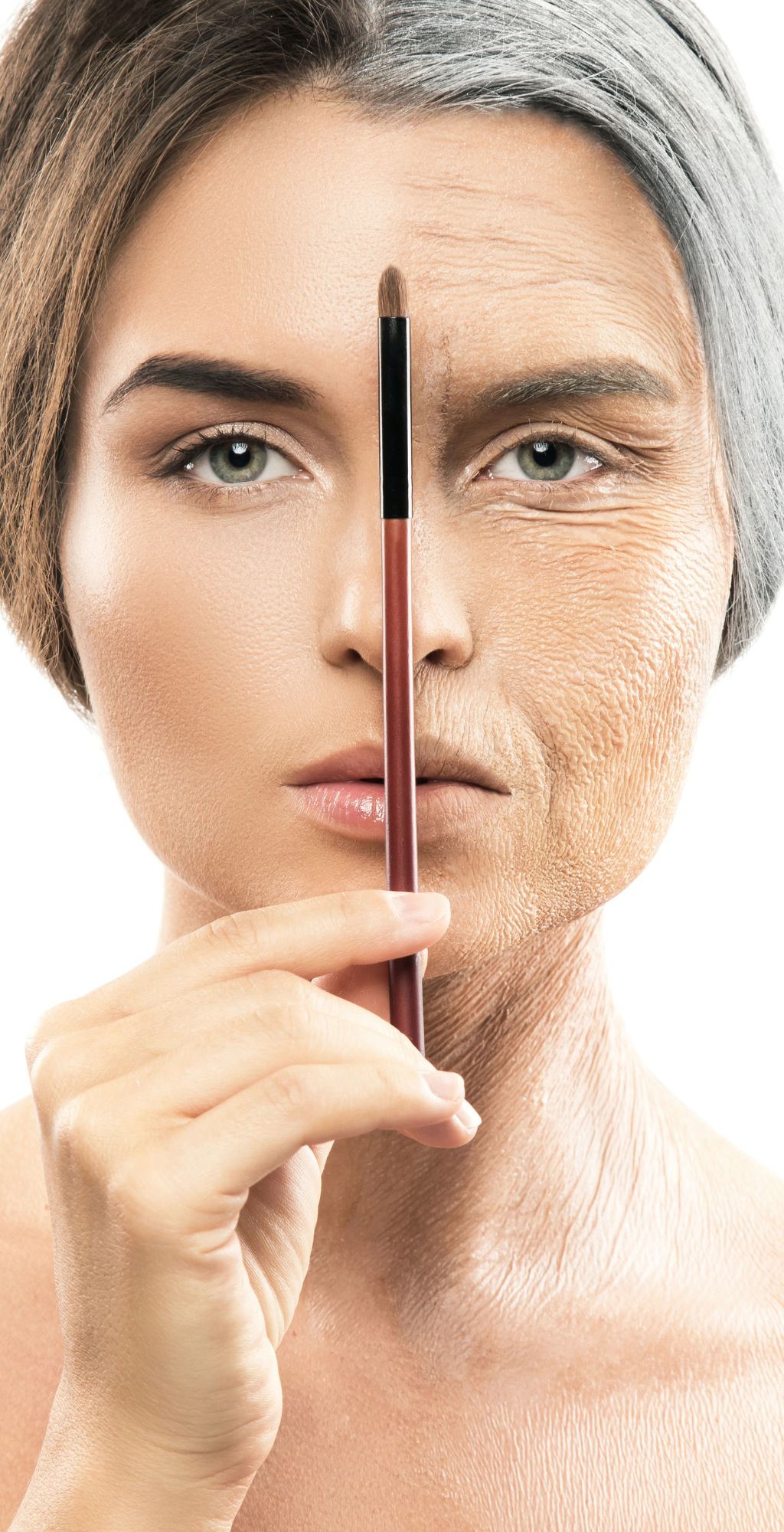Non-Surgical Rhinoplasty
- Home
- Non-Surgical Rhinoplasty
Non-Surgical Rhinoplasty
When to consider a Non-Surgical Rhinoplasty?
Minor Shape Adjustments
Ideal for small refinements to the nose's shape.
Addressing Bumps or Irregularities
Suitable for smoothing minor bumps on the nasal bridge.
Nasal Tip Refinement:
For those who want to refine the tip of the nose without surgery.
Trial for Surgical Rhinoplasty
As a temporary solution to visualize potential changes.
Minimal Downtime Preference
If you prefer a procedure with immediate results and quick recovery.
No Major Structural Changes Needed
Best for cases that don't require significant structural corrections.

What is a Non-Surgical Rhinoplasty?
A non-surgical rhinoplasty, often referred to as a “liquid rhinoplasty,” is a cosmetic procedure that uses injectable fillers to alter and shape the nose without invasive surgery. This technique can address issues like small bumps on the bridge, irregularities, and refining the nasal tip. The procedure involves injecting fillers like hyaluronic acid to make precise adjustments. It’s a popular option for those seeking minor changes with minimal downtime and immediate results, and for those who are considering but not yet ready to commit to surgical rhinoplasty. The effects are temporary and reversible, unlike surgical rhinoplasty.
Who is a good candidate for a Non-Surgical Rhinoplasty?
Good candidates for a non-surgical rhinoplasty include individuals who:
- Seek minor adjustments to the nose's shape.
- Want to address small bumps or irregularities on the nasal bridge.
- Desire subtle refinements to the nasal tip.
- Prefer a minimally invasive procedure with immediate results and minimal downtime.
- Are not ready for or interested in surgical rhinoplasty.
- Do not have significant structural nasal issues that require surgical intervention.

What does a Non-Surgical Rhinoplasty address?
- Minor Bumps and Irregularities: Smoothing out small bumps on the nasal bridge.
- Nasal Tip Refinement: Subtle reshaping or lifting of the nasal tip.
- Symmetry Improvements: Adjusting minor asymmetries in the nose.
- Contouring: Enhancing the overall contour and profile of the nose.
What does a Non-Surgical Rhinoplasty not address?
- Major Structural Issues: It can't correct significant nasal deformities or internal structural problems.
- Breathing Difficulties: It's not suitable for resolving functional issues like a deviated septum.
- Permanent Reshaping: The effects are temporary, unlike surgical rhinoplasty.
- Significant Size Reduction: It can't make the nose significantly smaller.


What to expect during recovery from a Non-Surgical Rhinoplasty?
- Minimal to No Downtime: Most people can resume normal activities immediately.
- Temporary Swelling or Redness: At the injection sites, typically subsiding within a few hours to a day.
- Immediate Results: Visible changes right after the procedure.
- Avoiding Pressure on the Nose: It's often recommended to avoid wearing glasses or applying pressure on the nose for a short period after the procedure.
What are the risks of a Non-Surgical Rhinoplasty?
Bruising and Swelling
At the injection sites, usually temporary.
Asymmetry or Irregularities
Possible if the filler is not applied evenly.
Allergic Reactions
To the filler material, though rare.
Infection
At the injection site.
Vascular Complications
Rare, but fillers can potentially interfere with blood vessels in the nose.
Filler Migration
The filler might move from the targeted area, altering the intended results.
Why choose Dr. Brandt for your Non-Surgical Rhinoplasty?
Choosing Dr. Brandt for your non-surgical rhinoplasty could be advantageous due to his specialized expertise and precision in cosmetic procedures. His experience with injectable treatments and understanding of facial anatomy can lead to more effective and aesthetically pleasing results. Additionally, Dr. Brandt’s commitment to patient safety and his use of the latest techniques in non-surgical procedures provide reassurance of a high-quality treatment experience. His attention to patient needs and aesthetic goals ensures that each procedure is tailored to achieve the best possible outcome.
